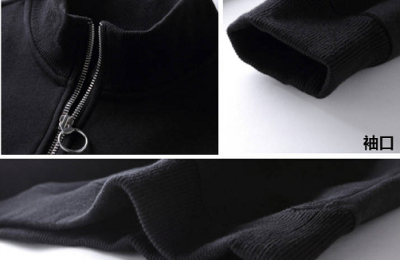The proton exchange membrane is one of the core components of the fuel cell. It can transmit protons but insulates electrons, which directly affects the performance and service life of the fuel cell. A good proton exchange membrane is particularly important. Here is the editor’s recommendation PTFE proton membrane.
Proton Exchange Membrane Fuel Cell (PEMFC) is a type of fuel cell. This type of battery has unique advantages such as low operating temperature, rapid start-up, high specific power, environmental friendliness, and long service life. It is widely used in electric vehicles. It shows broad application prospects in power energy, mobile phones, micro power supplies and small power generation devices.
Generally speaking, a proton exchange membrane fuel cell consists of a porous electrode coated with a catalyst and a proton exchange membrane (Proton Exchange Membrane, PEM) placed between the two.
Polytetrafluoroethylene proton membrane is a composite membrane using perfluorosulfonic acid material and polytetrafluoroethylene (PTFE). PTFE is the microporous medium for reinforcement, and the perfluorosulfonic acid material is in the micropores. Form proton transfer channel.
This composite membrane can improve the mechanical strength and stability of the membrane, and the membrane can be made very thin, reducing the amount of perfluorosulfonic acid material, lowering the cost of the membrane, and improving the proton conductivity of the membrane.
The polytetrafluoroethylene proton membrane produced by the manufacturer uses imported raw materials, has a full set of advanced production equipment, an advanced clean room and an independent composite slitting workshop to ensure the production quality of ptfe membrane; Production and testing instruments imported from the United States are used to test the quality of the PTFE film, and it has passed international SGS testing and certification, as well as ISI testing and certification.
Interested parties can enter the store and contact us.
</p








